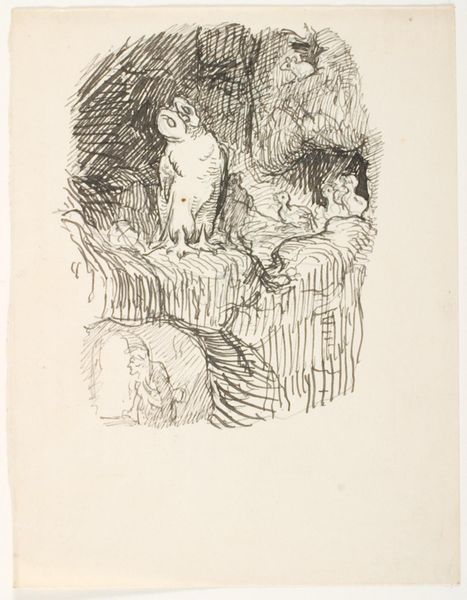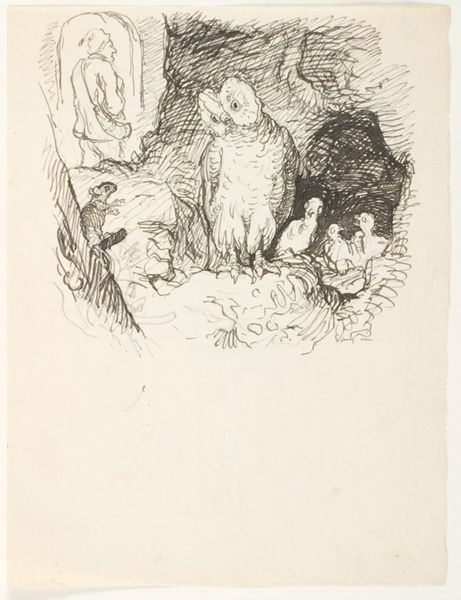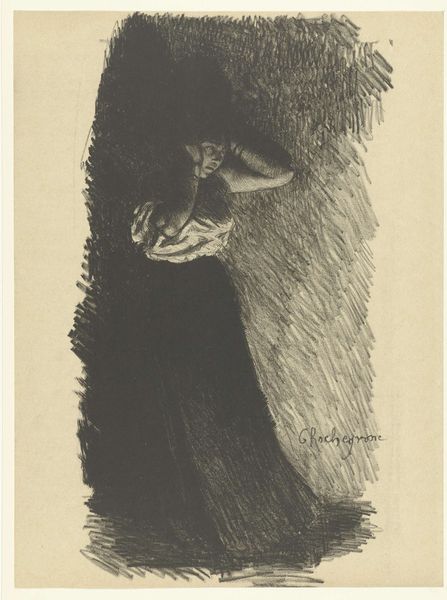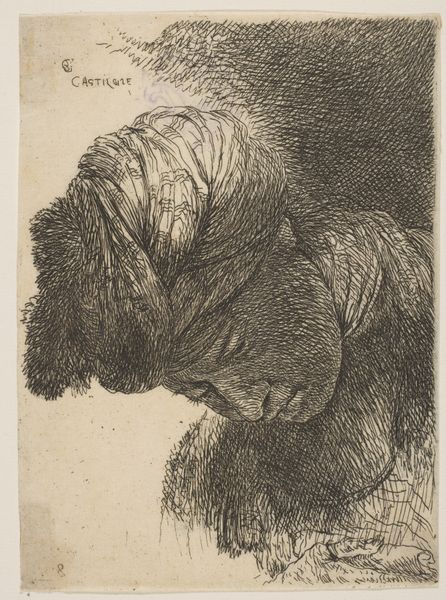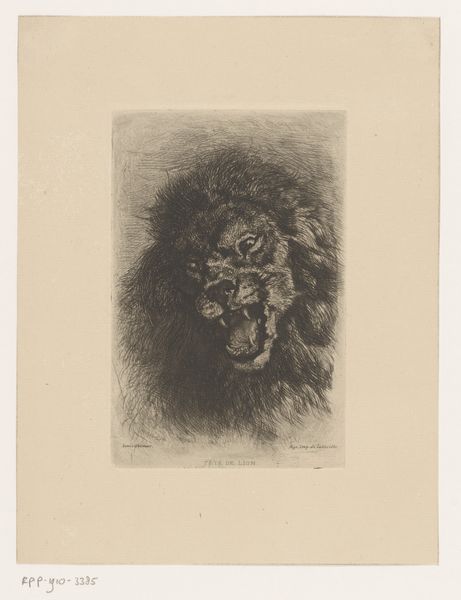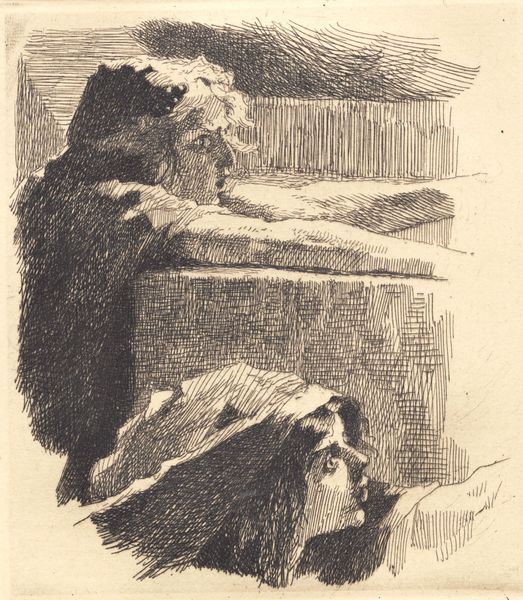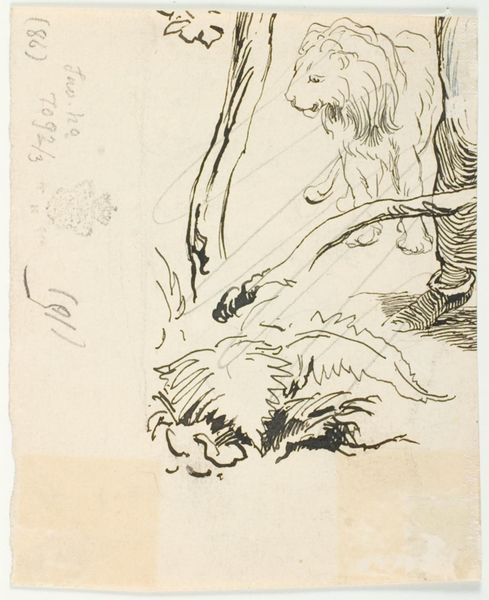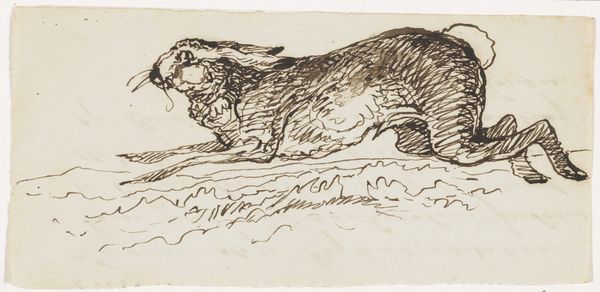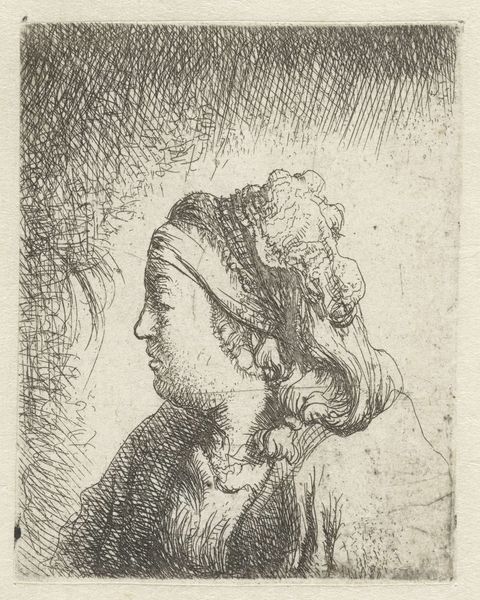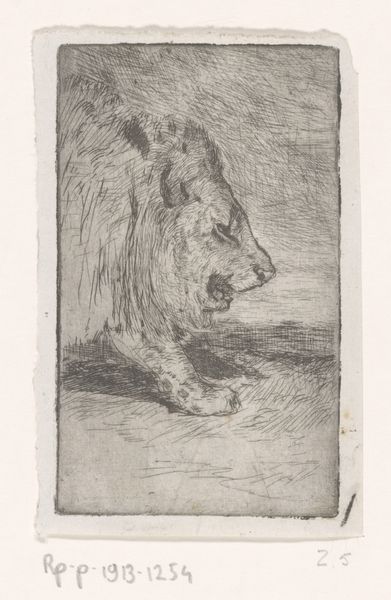
Head of an old man looking down, facing left, from "Small Studies of Heads in Oriental Headress" 1640 - 1655
0:00
0:00
drawing, print, etching
#
portrait
#
drawing
#
baroque
#
head
# print
#
etching
#
figuration
#
form
#
italian-renaissance
Dimensions: Sheet: 4 5/16 × 3 1/4 in. (11 × 8.2 cm)
Copyright: Public Domain
Editor: So, here we have "Head of an old man looking down, facing left, from 'Small Studies of Heads in Oriental Headress'" created between 1640 and 1655 by Giovanni Benedetto Castiglione, an etching printed on paper. The hatching is incredible; it almost obscures the subject. What is your interpretation of the piece? Curator: Considering the era, and Castiglione’s positioning within it, it's useful to think about the visual language of the Baroque period and its patrons. It’s about intense emotion, theatricality, and a dramatic use of light. Castiglione, even in a simple study, invokes those sensibilities. But there’s a tension here too, isn’t there? Editor: Tension? How so? Curator: Think about the intended audience for such prints. They weren't necessarily displayed in grand salons. Who would have had access to this image and what would it signify to them? Consider, too, how printmaking allowed for wider dissemination of images. Editor: Well, prints were more accessible. Perhaps this allowed even ordinary people to have access to powerful, emotional images previously reserved for the wealthy. Does that democratization change the function of portraiture? Curator: Precisely! The image circulates in a new way. The function of the “Oriental Headress” is also up for questioning. This piece might explore both exoticism and an exercise in visual drama for a rising merchant class. What does the figure's downward gaze suggest in this context? Editor: Hmm, maybe it's an acknowledgement of his own social position or even a form of subtle commentary on the societal shifts occurring at the time? Curator: Exactly. Thinking about the "who" and "why" alongside the "what" allows us to truly appreciate the work's complexity, and its cultural importance. Editor: It’s fascinating to consider the potential social and political layers within a seemingly simple portrait study. It gives a new understanding of Baroque printmaking and patronage.
Comments
No comments
Be the first to comment and join the conversation on the ultimate creative platform.

